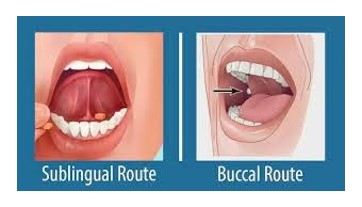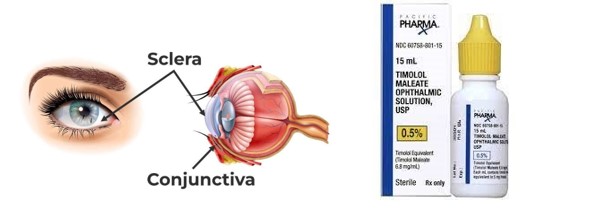Why are sublingual and buccal medications rapidly absorbed?
They are metabolized in the liver.
Their action is located in the mouth.
These drugs pass directly into systemic circulation.
Blood flow is diminished in these sites.
The Correct Answer is C
Sublingual and buccal medications are rapidly absorbed because they are placed under the tongue or between the cheek and gum, where they dissolve and are absorbed directly into the bloodstream through the mucous membranes in the mouth. This allows for rapid absorption and bypasses the liver’s first-pass metabolism.

Nursing Test Bank
Naxlex Comprehensive Predictor Exams
Related Questions
Correct Answer is A
Explanation
When a client expresses confusion or uncertainty about their medication, the nurse should always verify the medication order to ensure that the correct medication is being administered. Option (a) is the best response in this scenario because it addresses the client's concern and ensures the medication being given is the correct one.
Option (b) stating that "this is the medication that your doctor wants you to take" does not address the
client's concern and may cause the client to feel dismissed.
Option (c) suggesting to "let me explain the purpose of the medication" is not necessary at this time since
the client is already aware of the purpose and is only concerned about the colour of the pill.
Option (d) stating that "sometimes the same pill comes in a different colour" is not appropriate because it does not address the issue of the client's confusion about the current pill being administered.
Correct Answer is C
Explanation
According to Mayo Clinic, if you are using more than one eye product, you should apply these medicines at least 5 minutes apart1. None of the other options are listed as instructions for administering timolol and pilocarpine eye drops.

Whether you are a student looking to ace your exams or a practicing nurse seeking to enhance your expertise , our nursing education contents will empower you with the confidence and competence to make a difference in the lives of patients and become a respected leader in the healthcare field.
Visit Naxlex, invest in your future and unlock endless possibilities with our unparalleled nursing education contents today
Report Wrong Answer on the Current Question
Do you disagree with the answer? If yes, what is your expected answer? Explain.
Kindly be descriptive with the issue you are facing.
